The process of learning to fly a taildragger requires patience and persistence.
The secret of change is to focus all of your energy not on fighting the old, but on building the new.
— Socrates
When my instructor Matt recently endorsed my logbook for high performance and tailwheel aircraft, he said that I should think of his signoff as an endorsement to keep learning on my own, and not the end of the process. I liked that. It is in the spirit of continuing to learn and encouraging others to do the same that I have written this article about my experiences learning to fly a taildragger as I transitioned from flying a Piper Cherokee to flying a Cessna 185.
Some background: I learned to fly in a Piper Cherokee 140/150 in 2009. My interest in flying was and is recreation. I want to see the world from a new perspective, to play with interesting gadgets, and to challenge myself. I accumulated about 350 hours in the next five years, all in the Cherokee.
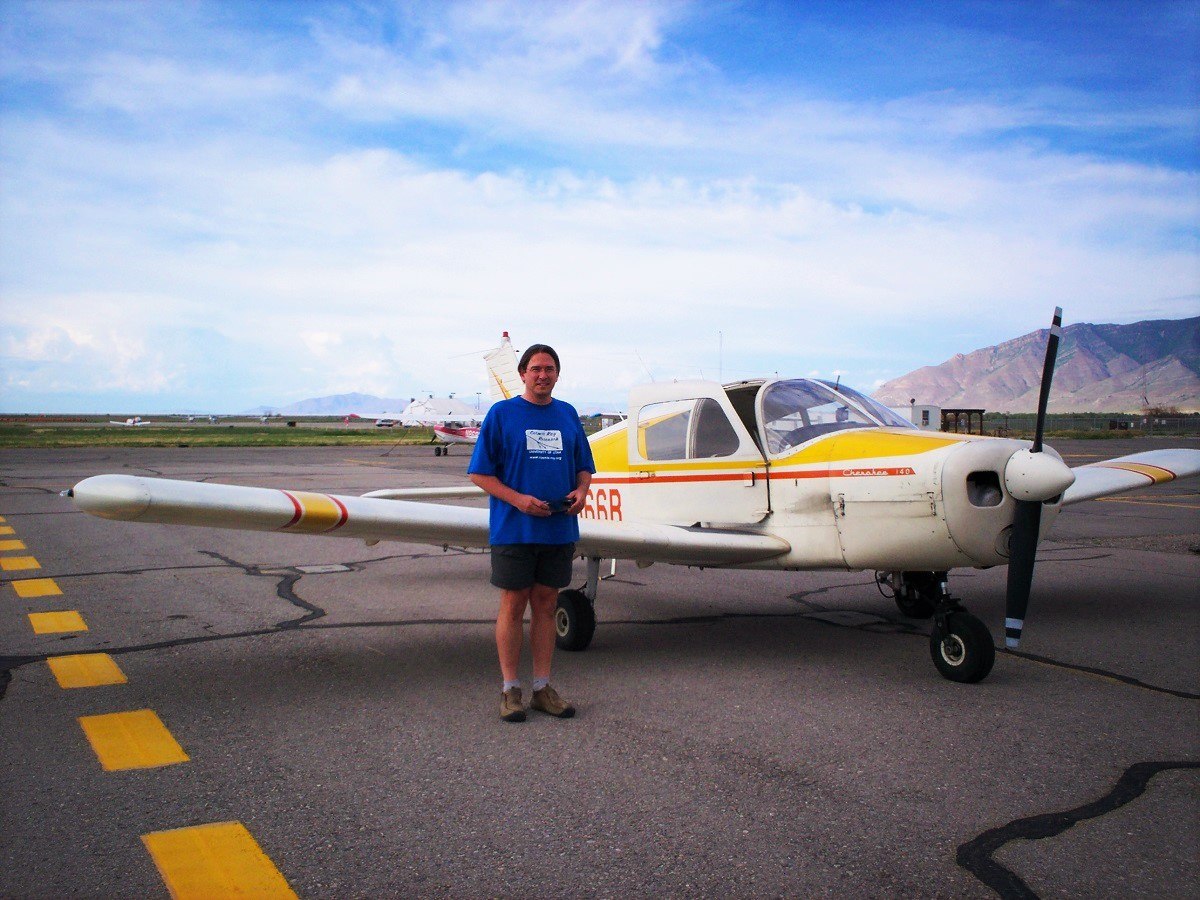
While I never had a flight I didn’t enjoy, I started to itch for new challenges. As I was starting to investigate different types of aircraft, the Cherokee nudged me along by badly flunking an annual inspection.
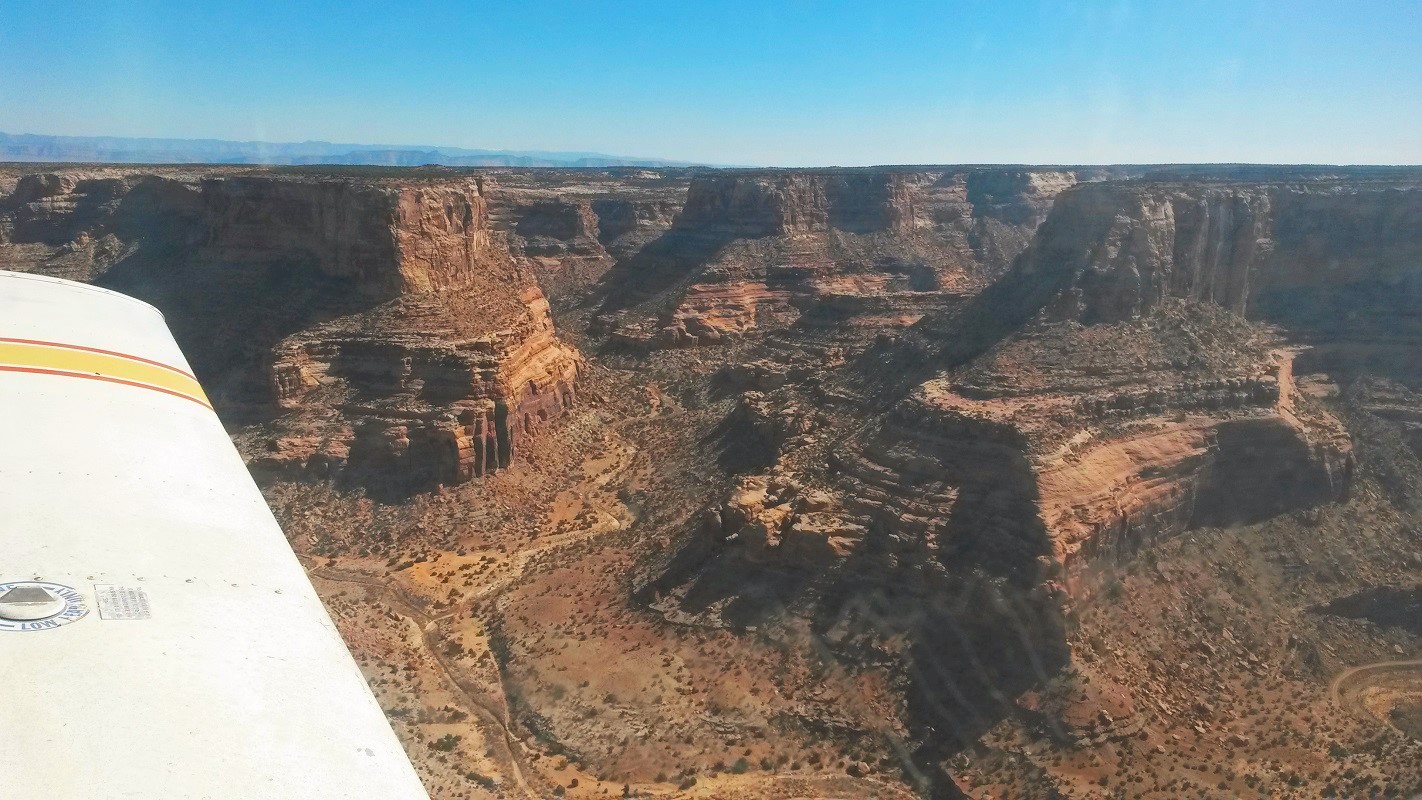
I had been flying over some of the otherworldly landscapes of Southern Utah, and was interested in something in which I could further explore the backcountry. Also, I wanted something that would be practical for taking my wife and stepdaughter to farther destinations. Just in time for me to call it a fiftieth birthday present to myself, I brought home a Cessna 185 Skywagon.
I’m not just gratuitously throwing my age into this article: The brain learns differently at different stages of life. Children and young adults have more mental flexibility, while older people can draw on a wider range of experiences to help them learn. So I think my age is relevant in understanding my tricycle-to-taildragger transition. And also why things that helped or hindered my progress might be different from those of someone else.
One way in which I think experience helped me was in knowing that I could succeed in flying this new airplane. There were times I was frustrated with my slow progress (or even regress). But I never really doubted that I would eventually succeed. I’ve been in situations before where I felt overwhelmed by challenges, and I know that with patience and persistence I will overcome them.
Another learning tool developed through experience is the technique of breaking a complex task into its most basic, simple components. In transitioning from Cherokee to Skywagon, I was dealing with, at the same time, learning to handle a high-performance engine, a complex propeller, and tailwheel landing gear. Some people suggested, and I considered, that perhaps I start by learning to handle a smaller taildragger first. But in the end, I jumped straight into the 185.
It turns out that, for the most part, all the high-performance aspects of flying are managed in the air, while the challenge in handling a taildragger occurs on the ground and in putting the plane on the ground. So in the end, I don’t feel that learning high performance and tailwheel at the same time was significantly more difficult than learning both on their own. Early on in my training, my instructors (I was fortunate to have two seasoned Cessna 185 pilots working with me) started urging me to plan ahead, so that the aircraft speed and configuration were what I needed them to be well in advance of performing a particular maneuver.
Consider work in the traffic pattern with both planes. In the Cherokee, it would be a good day when the plane reached pattern altitude by the time I was abeam the numbers in the downwind leg. But in the Skywagon, with a little inattention, I could easily blow through pattern altitude and flaps-down speed if I didn’t start inching the throttle back once I was well off the ground.
Similarly, in a high-performance aircraft, one cannot just cut the power abruptly to transition from cruise configuration to descent for a landing. It was just a matter of repetition, and patience on the part of my instructors, until thinking two steps ahead became habitual.
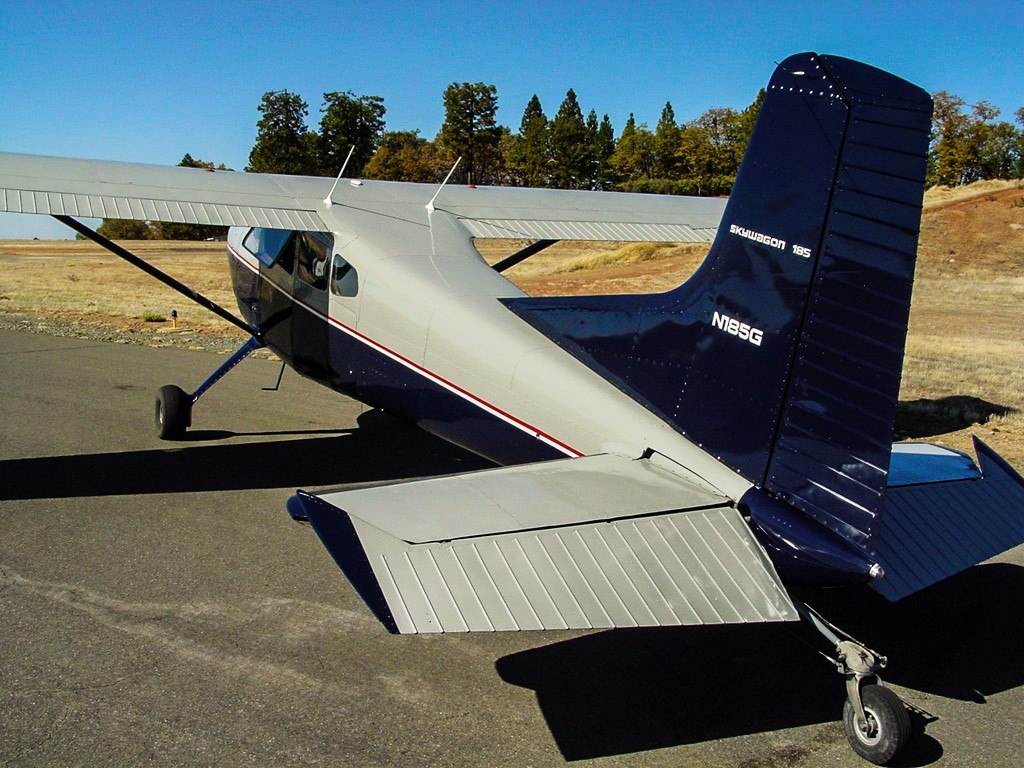
I personally felt that dealing with the handling of a taildragger on takeoff and (especially) landing was a much bigger challenge. It took me much longer to master those skills. I think that a big reason was that it is hard to break down a taildragger landing into basic components. Everything happens at once.
Final approach is much the same in a tricycle or taildragger. You keep the numbers “fixed” in your view by managing power, pitch and ailerons. You do have to think about the rudder (“feet alive”, I still hear my instructor’s voice telling me on final) because the tailwheel aircraft must be pointed in the direction it is traveling when it hits the ground. But once the runway threshold is crossed a rapid sequence of maneuvers needs to occur in the right order and at the right pace, all the while keeping feet alive. You might spend several minutes per cycle in the traffic pattern, but the most critical aspects of the landing occur in a few brief seconds.
I found landings difficult because it seemed impossible to break them down into components. I would keep feet alive until the plane was over the numbers, then lock them in place (a no-no!) while shifting attention to elevator and power control. Or I’d do the opposite. Perhaps here my age was working against me. My reduced mental flexibility was keeping me locked in the tricycle habit of essentially ignoring the rudder once the base-to-final turn had
been completed. I was stuck in this state for several lessons.
Eventually, my instructor Jim had the idea that I focus only on the rudder while he handled the yoke and throttle. This proved to be a breakthrough. By doing a dozen or so landings while restricting my attention to my feet, I developed a feeling for keeping my feet alive until the plane came to rest. As that habit became ingrained, I was able to add the other controls without neglecting the rudder.
There was one final detail which proved important. When landing a taildragger (or taking off or taxiing, for that matter) it is essential that the pilot be very sensitive to small changes in the direction the plane is pointing. As I said before, it is critical that the plane point in the direction of its velocity while on the ground. And one must be ready to quickly correct any small deviations. “Punch and jab” is a phrase commonly used to to describe the foot motions necessary to maintain directional control with the rudder. The detail which was key for me dealt with this question: Where should one’s eyes be focused in order to have proper sensitivity to the aircraft’s pointing direction?
Certainly not in the cockpit. You are looking for information about the relationship between the plane and ground, and you need to look outside for that. The runway centerline is not really what you want to focus on either. The plane could be moving parallel to the centerline but be crabbed left or right, a recipe for a ground loop. You need to establish a view which enables you to sense the plane, centerline, and distant horizon at the same time using your peripheral vision. Some like to focus on the end of the runway, but what seemed to work best for me was the “eyes in the sky” technique suggested by Matt. I would focus on a patch of sky maybe 5 degrees (a fist’s width at arm’s length) above the horizon. This way, all of the information about the plane’s motion was coming to me from my peripheral vision. This way, I avoided getting fixated on a particular item in my direct view.
Once I’d gotten the hang of “feet alive” and monitoring the plane’s motion with my peripheral vision, things started to come together pretty quickly. And they were fine-tuned with practice. Wheel landings and cross-wind wheel landings were a matter of patience. I was not trying to force the plane down but letting it settle to the ground on its own. Landing on grass or gravel was a straightforward, though exciting, extension of the same techniques. I’d like to thank both of the CFI’s who worked with my on my endorsement, each of whom contributed to my motivation to write this article. Jim thought it might be of interest to other pilots who are working their way up the chain, as well as something I might be interested in reading myself years from now. Matt encouraged me to keep learning, and I have kept this encouragement in mind as I’ve begun to operate the 185 as pilot in command.
This article is dedicated to my skilled and patient Cessna 185 instructors, Matt Haag and Jim
Hoddenbach.






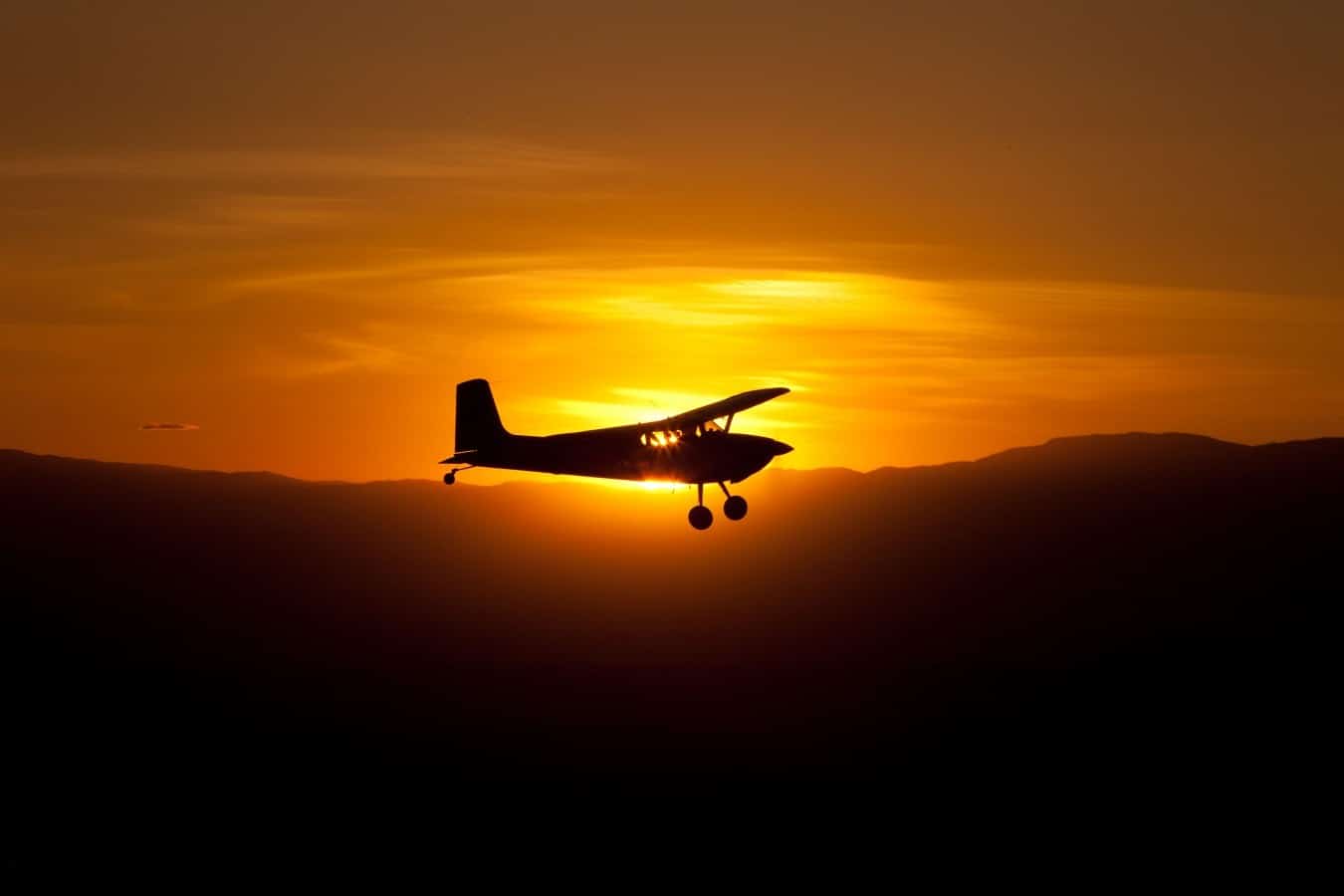






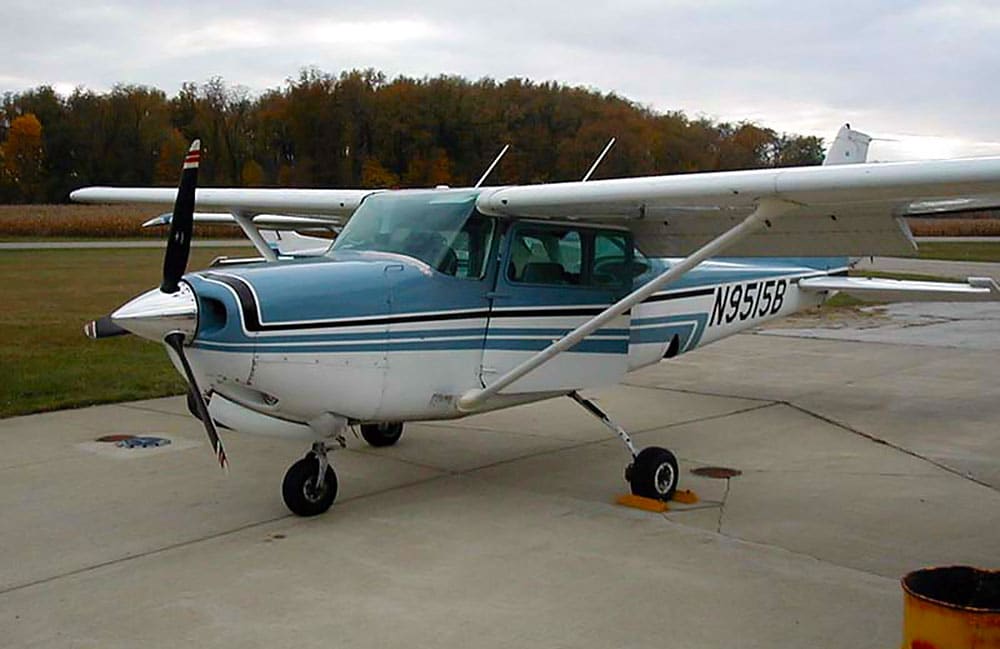
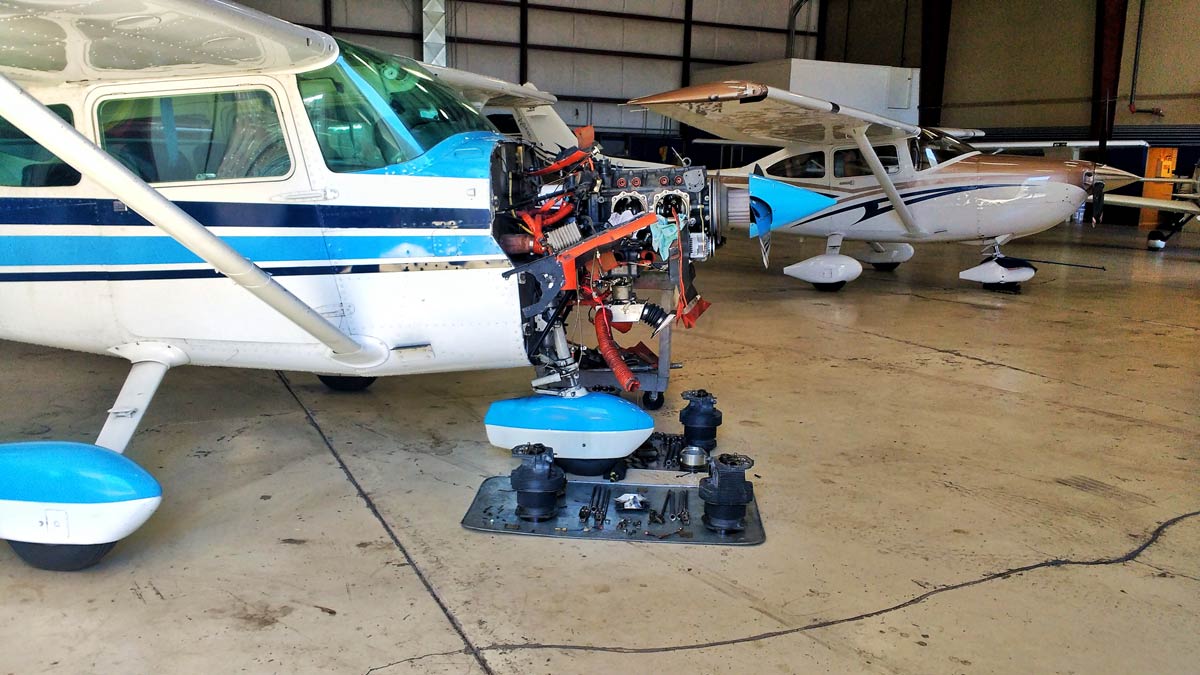
John, very nice looking 185, I like your paint scheme. I truly enjoyed reading your article and appreciate your taking the time to talk about the struggles and difficulties you had as well as the techniques you and your instructors incorporated to overcome them. I too got a late start in a 185 (age 57). I first flew when I was 18yrs old and learned in a 115 Citabria. I was about 4hrs short of my check ride and my deal with the instruction financing fell through. I was a poor kid putting studs in tires and just couldn’t support myself and finish flying so I put it away, got married, raised a family and took it up again almost forty years later. I can attest to the differences between a young nimble mind with great motor skill coordination and a 57yr old body. I think the blessing was that I had lived long enough like yourself, that I new persistence and determination would prevail. I was endorsed in a PA-18, then transitioned into a C180 which I was purchasing. Last year I moved up to a C185 and I can attest to the big difference between these aircraft (horsepower but also the touch of the controls). My son has now soloed and I am searching for the right approach to transition him into the 185. I”m encouraged by your story, because it tells me that after he has his ticket, he will be able to transition into the 185 without too much intermediation. It’s a lot of airplane and I want him to succeed — it’s the only one we have till he gets his own, so I appreciate your story of going from a Cherokee to a C185. Enjoy your new bird, you have a fantastic playground before you. Be safe
Great article John. About 30 years ago I learned to fly in a C150 Taildragger. We sold it and bought a Citabria which we had for a short time. Sold it and bought a C185. Started to fly the C185 then we took the engine down and that was the end of flying for me. Never really got over the hump of being confident which you need when flying. Had a beautiful daughter and kept busy with work and family life. I did get to support my husband as his co-pilot, but never had that urge to get back in the pilot seat. Our daughter is now grown, we have several airplanes. I look at these airplanes and think to myself, it’s time. I am 59 years old. Yesterday I took the front seat of our Citabria with my husband in the back seat. Took off with a cross wind and did okay. Definitely got the blood flowing. It was an hour flight home. Trying to learn Foreflight while keeping the airplane level was entertaining. Then we get to our airport. Trees at both ends, cross wind and holy cow I was all over the place. Too low, then too high, then trying to slip while heading to the trees. I went around, then my husband suggested going to a different airport if I didn’t feel comfortable. So I headed to another airport close by, no trees, wider runway, still a cross wind, but we made it down and switched seats. My husband flew it home. I called our dear friend and said I don’t need a BFR, I need a flight instructor. Going up today. I really appreciate your article as I am older now, the brain is slower. It’s frustrating when at one point in your life you could do it and now you feel like a new pilot and wonder if you’ll ever get there. I won’t give up. Look forward to the day I can practice, practices, practice.
Your airplane is beautiful. Thanks again for posting your experiences.